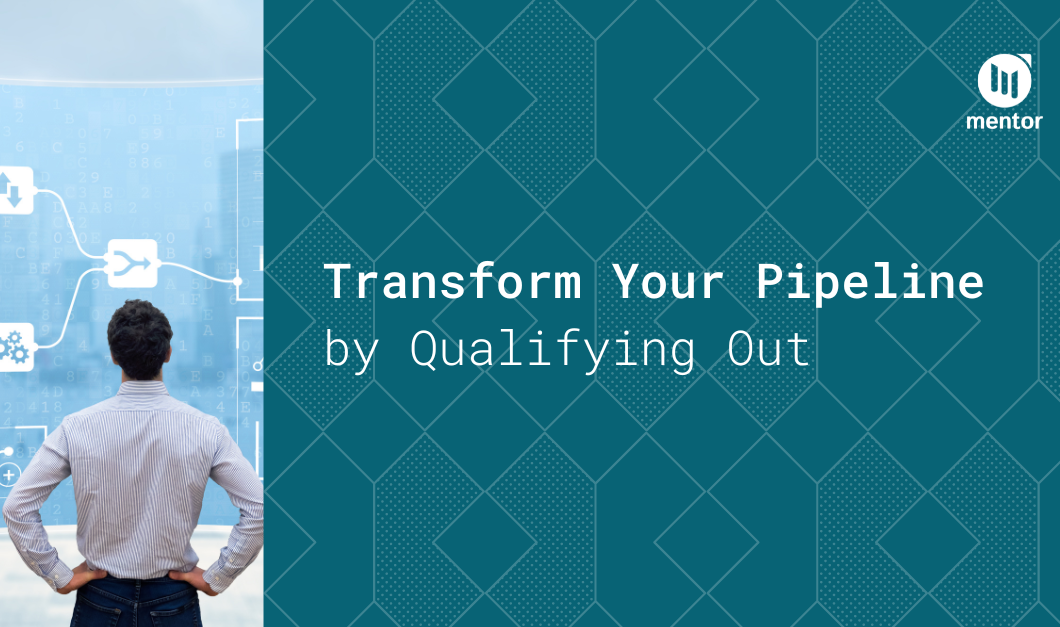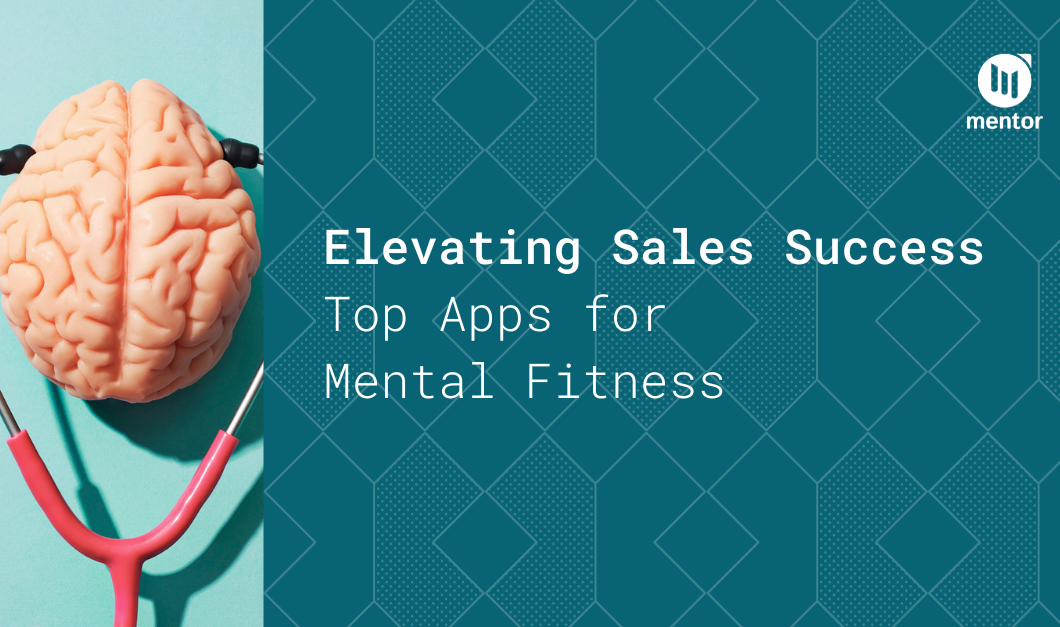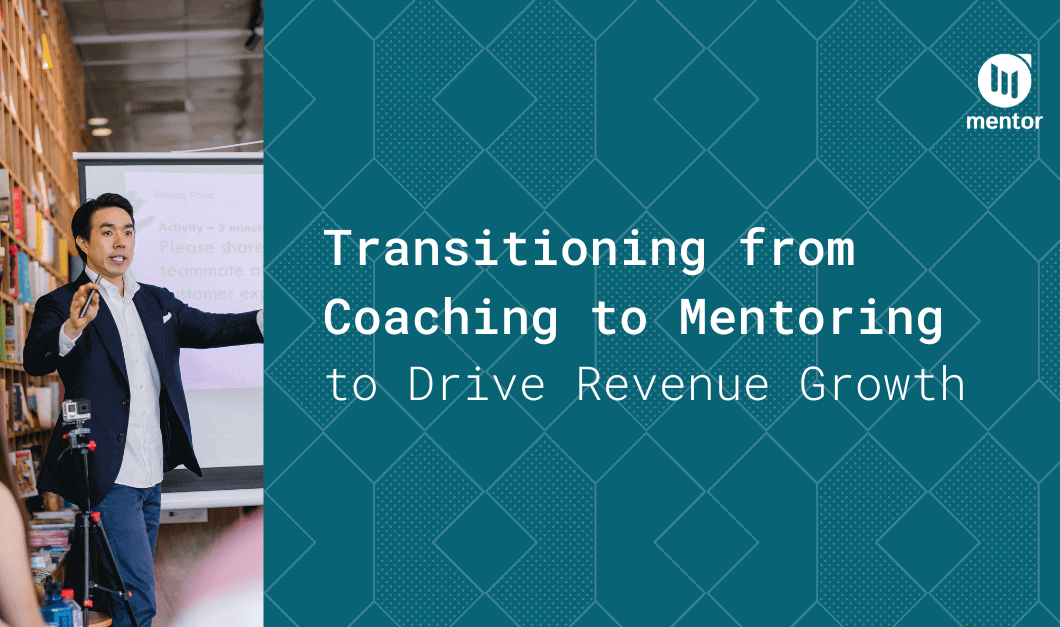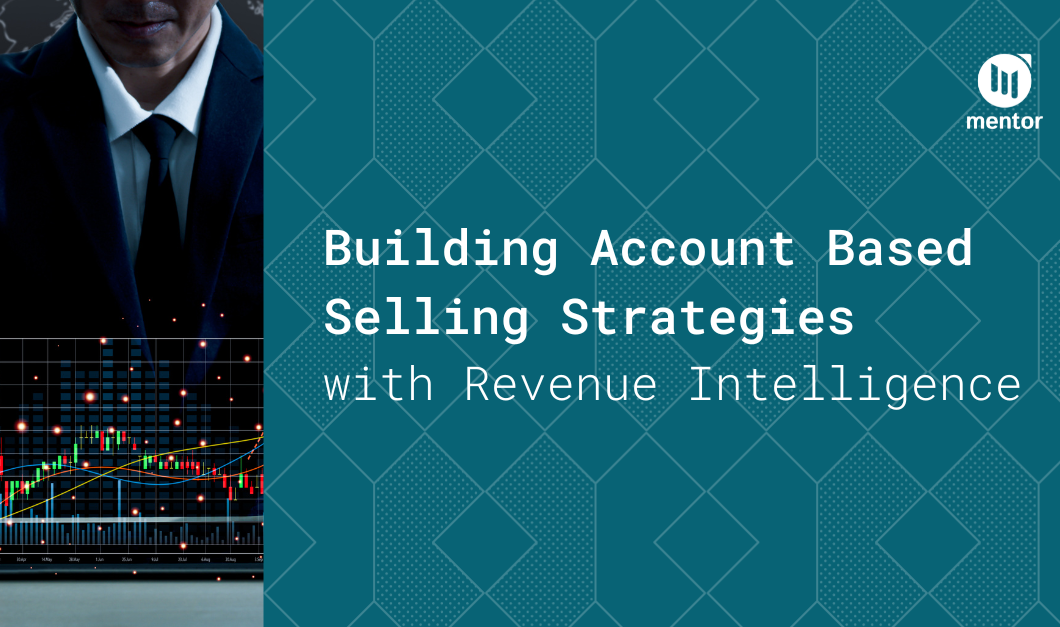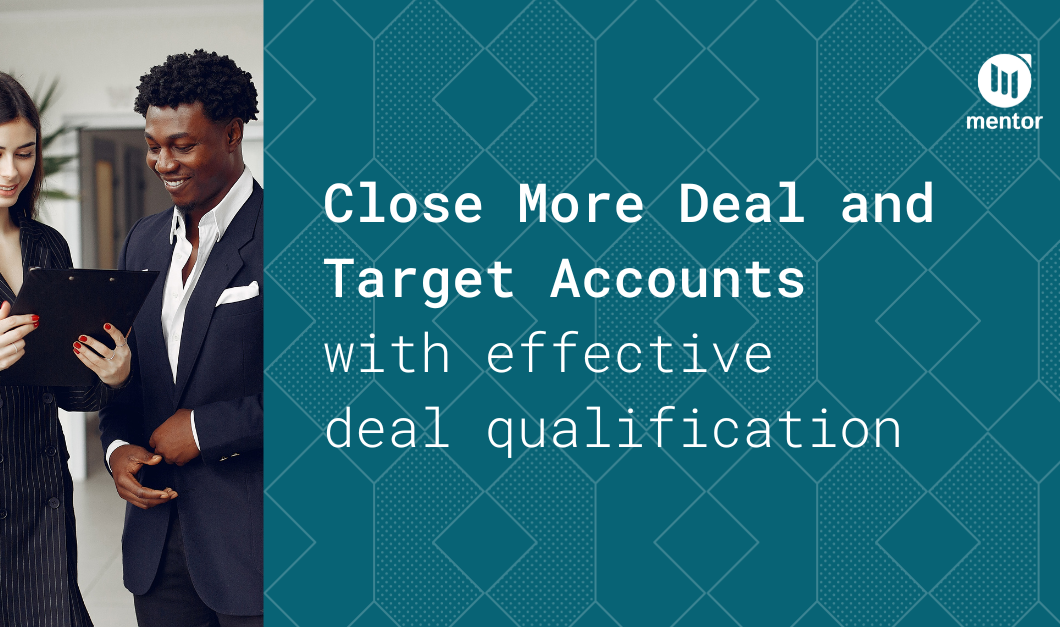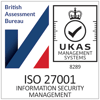Continuing my series of blogs on VR best practices, I wanted to look at my 2nd bit of advice; design your VR session to be taken sat down.
We have all seen clips of people in VR. These are normally people standing up in rooms waving their hands about and generally looking rather strange.
In more comedic clips we can see people smashing TVs, falling over coffee tables or landing on their backsides because they are trying to avoid an unseen wall.
Whilst this is largely fun and games, the practical reality of full motion VR for sales enablement is a big problem.
Full motion VR is great for engagement and emotional connection as you can genuinely feel like you are part of the environment. However, in Sales Enablement, we’re not after jump scares or trying to unlock secret doors, we are trying to simulate a sales scenario; and in real life they are usually done sat down.
We also need to consider the following practical reasons for why sitting down is better:
- Space: To operate full motion VR, you are going to need somewhere between 2m2 and 3m2 per person. That’s a lot of space when you are trying to run a session with 10 people
- Clear space: Further, it’s not just the actual space, it’s the fact that you need that space to be cleared, meaning you need to remove obstacles like tables and chairs. Hard work!
- Virtual, Virtual Reality: We know that much of our enablement is done virtually and VR can be delivered in the same way. However, trying to do it with people in their own homes is an awful pickle if you are trying to consider the home office (read kitchen, bedroom, closet)
- Health and Safety: Doesn’t need much explaining here but we really don’t want people falling over or punching each other in any enablement session
- Less sickness: Being seated significantly reduces the potential for motion sickness. This is good
It may not be as flashy or exciting, but seated VR enablement really does work best as it best simulates what the seller will experience in a sales meeting or office environment, it keeps people safe and it easily supports bringing people together in between sessions.
This latter point is important as if you recall, these types of enablement are best utilised to reinforce learning rather than trying to deliver the actual lesson, and the best way to do that is through experience and discussion.
Next time I will go a step further on this concept of sitting and expand on how to do it best.


